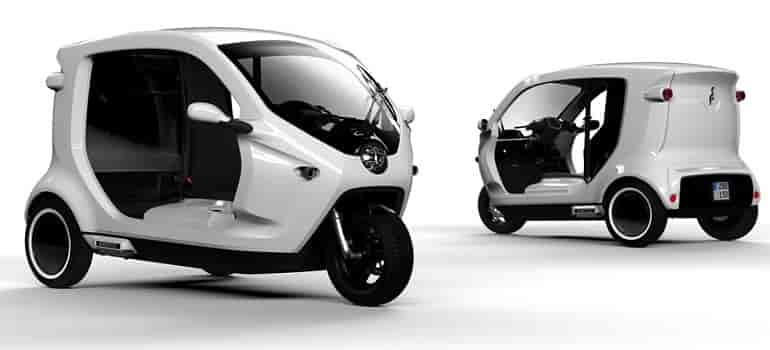
P&S Intelligence in its latest market research report projects the Indian electric rickshaw battery market to reach $722.3 million by 2024, registering a CAGR of 13.4% during the forecast period.
The market growth is primarily driven by proliferation of electric rickshaws in many cities coupled with increasing average age of these vehicles. Initially, the electric rickshaw market has been majorly operated by unorganized and local players with a collective share of about 80% in 2016, which offered substandard quality electric rickshaws with average life of around 1.8 years. However, after GST rollout, the number of organized original equipment manufacturers (OEMs) grew, offering better-quality products with increased average battery life of around eight months. Thus, the increased battery life of electric rickshaws in the country is sequentially propelling the growth of the market, said the research firm.
The research firm notes that the Indian electric rickshaw battery market has been categorized into passenger carrier and load carrier. Of these, the passenger carrier category held the largest share in 2018 with more than 95% share in the market, in terms of value. This is due to the strong passenger base and demand for public transport for last-mile connectivity. However, the load carrier category is expected to witness faster growth in the market, owing to the expansion in e-commerce industry and growth in the economy, coupled with low total cost of ownership (TCO) and operational cost benefit.
Based on battery capacity, the Indian electric rickshaw battery market has been classified into batteries with capacity less than 101 Ah and more than 101 Ah. Electric rickshaw batteries with capacity less than 101 Ah dominated the market during the historical period. The category is anticipated to continue leading the market in the coming years, due to the dominance of unorganized local players in the market, as most of these players manufacture low-cost electric rickshaws.
Watch: BYD K12A World’s Longest Pure Electric Bus
The P&S Intelligence bifurcated the Indian electric rickshaw battery market into OEM and replacement based on end use. The market for replacement batteries is expected to witness faster growth, with a CAGR of above 14%, in terms of volume, during the forecast period. This is due to proliferation of electric rickshaws in the country and more vehicles undergoing battery replacement This category is also expected to continue dominating the market during the forecast period.
The firm notes in the report that one of the significant factors driving the Indian electric rickshaw battery market is the increasing average age of electric rickshaws. Primarily, unorganized and local players dominated the market, and offered substandard quality electric rickshaws, which had an average life of 1.8 years. However, since the GST rollout, the electric rickshaw battery industry has moved toward consolidation, affecting unorganized players with higher manufacturing costs. The quality of product increased significantly in recent years because organized manufacturers offer electric rickshaws having an average life of near about 3.6 years. Thus, the increased average life of electric rickshaws has boosted the demand for electric rickshaw batteries, primarily for the replacement of dead or old batteries in these vehicles, which in turn, propelled the market growth.
Delhi contributed the largest revenue to the Indian electric rickshaw battery market. The large customer base, coupled with the early adoption of electric rickshaws, boosted the market for electric rickshaw batteries in the state. In addition, the increased level of air pollution in the capital led to the proliferation of electric rickshaws in the city.
The market for electric vehicles in Asia-Pacific has been propelling, owing to the growing concern of government about environmental pollution. China is the forerunner in the EV market of Asia-Pacific, while the other major economies such as Japan, Australia, South Korea and India are also witnessing an increase in the number of electric vehicle sales. Owing to the increasing number of electric vehicles in the country, the government in China has recently announced a funding of $16 billion for the installation of new EV charging stations.
Delhi held the largest share in the Indian electric rickshaws market in 2018. Delhi is a major market for these rickshaws, where the sales have picked up since 2013. In response to the increasing levels of air pollution in the capital, the Delhi government, in 2016, announced a subsidy of $446 (INR 30,000) on the purchase of these rickshaws, which led to the proliferation in their demand in the city, further benefitting the market.
For more information click here
MORE TO READ:
India extends anti-dumping duty on select four-wheeler aluminum alloy wheels
Daimler, Geely to develop and operate smart brand globally as all electric carmaker
Need shared mobility and electric vehicles, standalone metro systems not effective: Naidu

